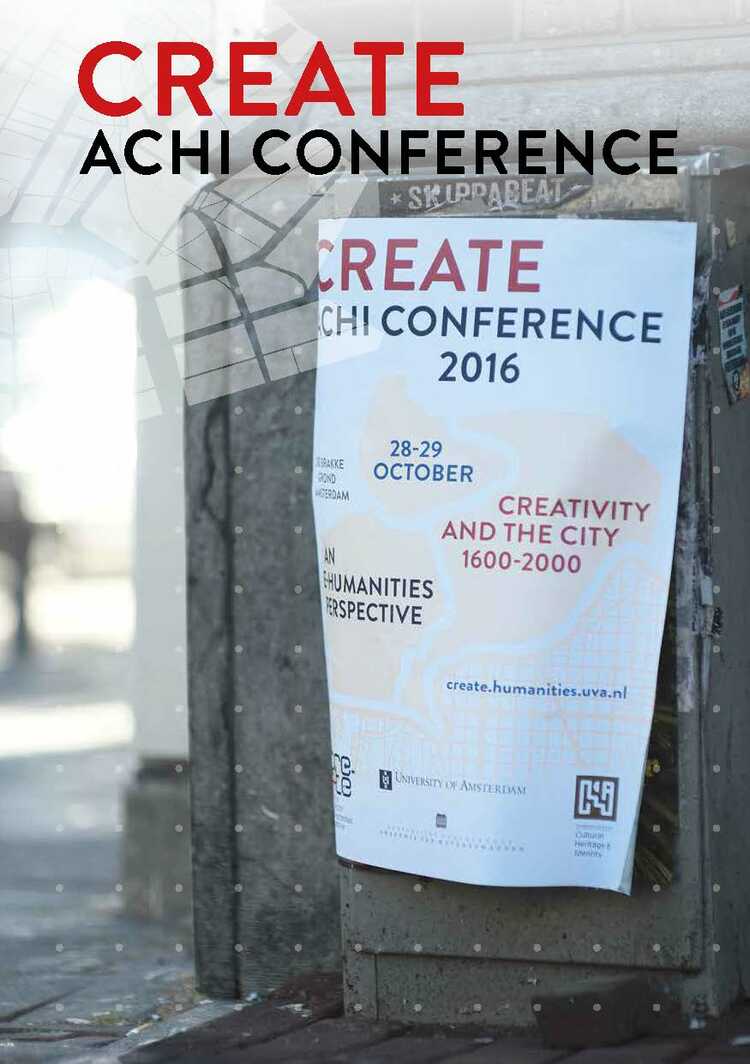The Amsterdam Museum (AM) maintains the rich historic collection of the city of Amsterdam. All 100,000 objects are photographed and registered in one collection database. This database is the core of our collection management and the heart of online publication of collection information. From the moment we published our collection online, we have been looking for ways to enrich our data and put it to novel use. We therefore actively stimulate use and reuse of the AM data (https://www.amsterdammuseum.nl/en/collection/online-collection). The AM aims to further improve data accessibility by participating in research projects. For instance, with the project CreAtive Nodes in Amsterdam’s Artefact-actor Networks (CANAAN) we aimed to mashup data from two (and eventually more) distributed cultural heritage resources in a single research tool. For the pilot project we used the the digital collection catalog of the AM and the ECARTICO database of the University of Amsterdam to map and query Amsterdam artefact-actor networks. The Ecartico database holds biographical data concerning painters, engravers, printers, book sellers, gold- and silversmiths and others involved in the ‘cultural industries’ of the Low Countries in the sixteenth and seventeenth centuries (http://www.vondel.humanities.uva.nl/ ecartico; http://www.canaan.humanities.uva.nl). In this presentation I will discuss some of the AM projects and expand on our aims, accomplishments, and expectations.
http://www.create.humanities.uva.nl/events-2/cfp-achi-create-conference-2016/

